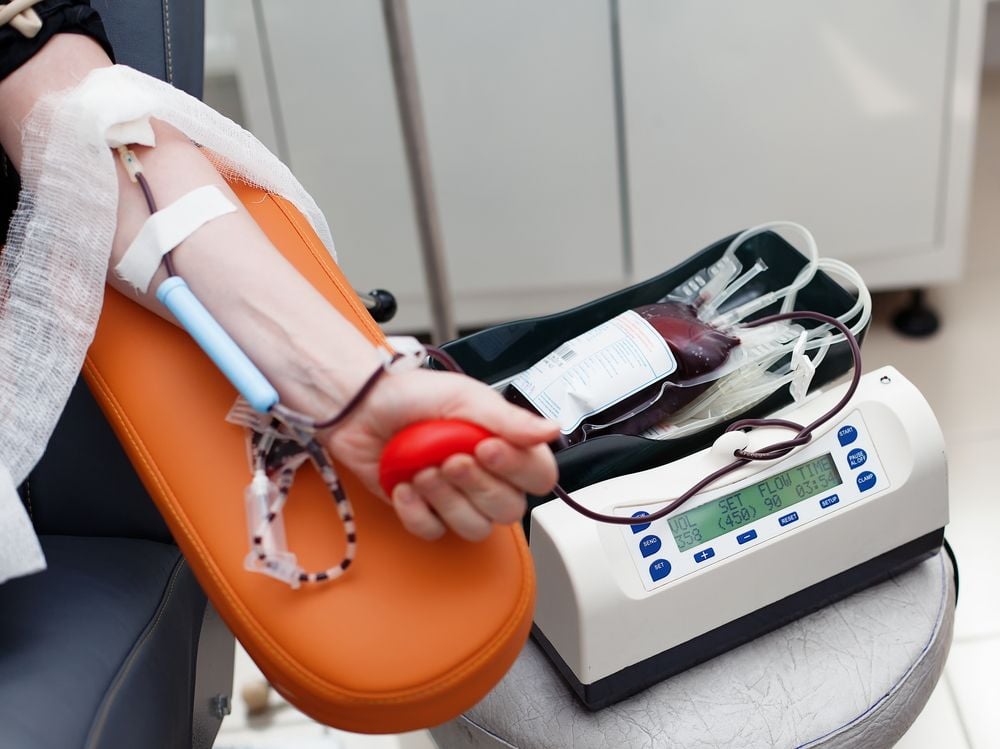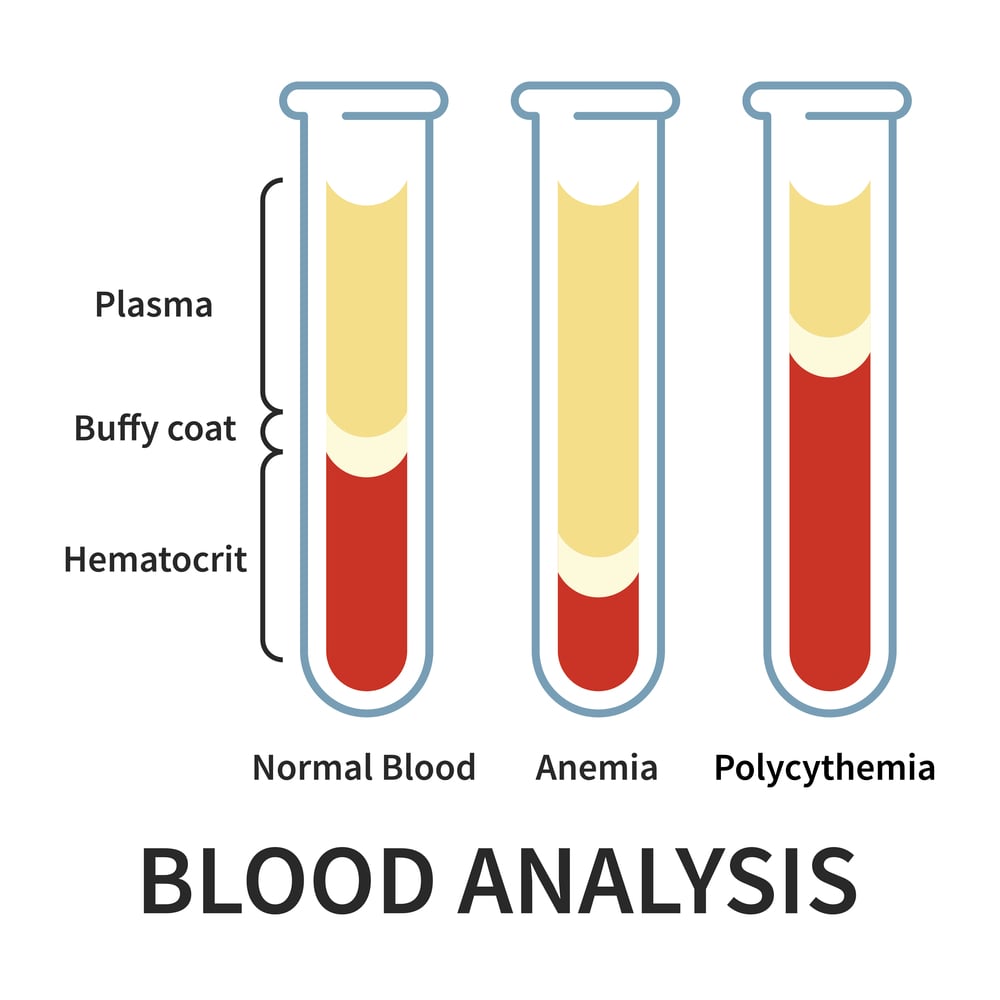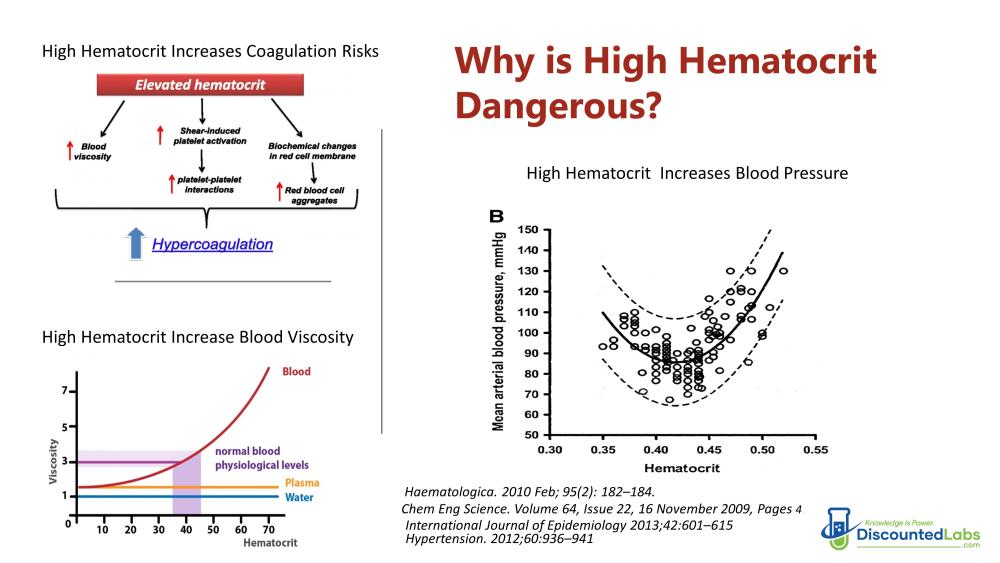Therapeutic Phlebotomy Services: Top Places in the United States

Top US Locations for Therapeutic Phlebotomy Near Me
Understanding Therapeutic Phlebotomies to Lower High Hematocrit
What is High Hematocrit?
High hematocrit happens when your body makes more blood cells. This makes the blood thicker. When blood is thicker, it is harder for the heart to pump. This can lead to problems like high blood pressure, strokes, and heart attacks.
Testosterone Therapy and Hematocrit Levels
Testosterone replacement therapy is often used to increase muscle mass and sex drive. It can also raise the production of blood cells and plasma levels. This is good for people with anemia. However, it can increase hematocrit levels, which could be risky. This risk is higher with intramuscular testosterone compared to other methods like patches. Also, factors like smoking can make this issue worse, causing high hematocrit. This condition is known as polycythemia, which means a high red blood cell count (RBC).
Preventing and Managing Polycythemia
Importance of Monitoring
Monitoring hemoglobin and hematocrit levels is important during testosterone therapy. Hemoglobin is responsible for carrying oxygen. Hematocrit shows the percentage of blood cell volume. A problem can occur if hematocrit levels go over 52 percent.
Adjusting Therapy
Adjusting how much testosterone you take or how you take it could help control your hematocrit levels. But, these changes might not always be enough.
Therapeutic Phlebotomy: A Solution
Therapeutic phlebotomy, which is also called bloodletting, is a medical procedure. It involves removing blood in a controlled way. The goal is to lower the levels of red blood cells in the body.
Therapeutic phlebotomy is similar to blood donation. It can reduce hematocrit levels by about 3 percent for every pint of blood taken. It is essential to find a balance between how often blood is drawn and how much is taken out. This helps avoid loss of iron and ferritin, which can cause fatigue.
After the procedure, you should:
- Stay for at least 15 minutes.
- Eat and drink something.
- Drink more fluids than usual for the next 4 hours.
- If there is bleeding from the blood draw site, raise your arm and apply pressure to the area.
Before having the procedure, you should:
- Drink a lot of fluids to make up for the fluid that will be taken out.
- Have a good snack one hour before you arrive, like a muffin or a sandwich.

Recommended Reading:
High Hematocrit Caused by TRT: How to Lower It?
Medical Conditions Requiring Therapeutic Phlebotomy
Therapeutic phlebotomy is a medical procedure. It removes blood from the body. Doctors use this procedure to help treat different blood conditions. It can lower the chance of problems linked to too many blood cells, iron overload, or other blood issues. Here are some medical conditions that might need therapeutic phlebotomy:
- Hereditary Hemochromatosis (HH): This is a genetic disorder. It makes the body take in too much iron from food. This can cause iron overload. Therapeutic phlebotomy is used to remove the extra iron. This helps prevent organ damage and keeps you healthy.
- Polycythemia Vera (PV): This blood disorder means the body makes too many red blood cells, white blood cells, and platelets. Using therapeutic phlebotomy lowers the number of blood cells. This reduces the risk of blood clots and other problems.
- Secondary Polycythemia: This condition happens when the body has too many red blood cells due to low oxygen levels or other health issues. Therapeutic phlebotomy helps manage it by lowering the risk of blood clots and related problems.
- Porphyria Cutanea Tarda (PCT): This is a rare genetic disorder that affects heme production. Heme is important for making red blood cells. Therapeutic phlebotomy removes extra iron from the body. This prevents skin damage and other symptoms.
- Testosterone Replacement Therapy (TRT): Some people on TRT see an increase in red blood cell production. This can lead to high hematocrit levels. Therapeutic phlebotomy helps control these levels. It lowers the risk of blood clots and other complications.
- Metabolic Disorders: Certain metabolic issues, like diabetes, can increase blood cell production. Therapeutic phlebotomy helps manage these issues. It reduces the risk of blood clots and other problems.
- Infectious Diseases: Sometimes, therapeutic phlebotomy helps treat infectious diseases, like malaria or babesiosis. It works by removing infected red blood cells from the body.
It is very important to remember that therapeutic phlebotomy must be done by a doctor in a medical place. If you have a medical condition that needs therapeutic phlebotomy, talk to your healthcare provider. They can help you find the best treatment for your situation.
Guidelines for Monitoring and Donations
You should have regular blood count tests after donating blood. This includes checking your hematocrit and ferritin levels. It’s usually okay to have a phlebotomy session every 2-3 months. This helps you avoid losing too much iron and ferritin. Be careful to keep an eye on your levels.
If you give blood often because of high hematocrit, you can buy a blood donation panel. This panel has lab tests to tell you if you’re ready for your next blood donation. The tests include hematocrit, iron, total iron binding capacity (TIBC), and ferritin. This panel checks if:
- Your blood donation or therapeutic phlebotomy worked to lower your high hematocrit without hurting your ferritin or iron levels.
- It is safe to do another blood donation or therapeutic phlebotomy based on your ferritin or iron levels.
Cautionary Measures for Maintaining Health
Risks of Excessive Donation
Excessive blood donation can lower iron and ferritin levels. This may cause you to feel tired. It is generally recommended to start donating blood when your hematocrit levels are about 51–52 percent.
Complementary Health Practices
Baby aspirin and omega-3 fatty acids can help thin your blood and lower heart risks. However, they should not take the place of phlebotomy in treating polycythemia.

Where to Get a Therapeutic Phlebotomy in the United States?
Important note: Most blood donation centers need an order from a doctor if your hematocrit level is too high for a regular blood donation. The Red Cross has a list of rules to decide who can donate blood.
National Organization
- American Red Cross: Website
- America's Blood Centers: Website
- Blood Centers of America: Website
- Blood Emergency Readiness Corps: Article
Alaska
- Blood Bank of Alaska: Website
Arkansas
- Arkansas Blood Institute: Website
California
- Central California Blood Center: Website
- LifeStream Blood Bank: Website
- Northern California Community Blood Bank: Website
- San Diego Blood Bank: Website
- Stanford Blood Center: Website
- UCLA Blood & Platelet Center: Website
Delaware
- Blood Bank of Delmarva: Website
Florida
- OneBlood: Website
- SunCoast Blood Centers: Website
- Winter Haven Hospital Community Blood Center: Website
Georgia
Hawaii
- Blood Bank of Hawaii: Website
Illinois
- Versiti Blood Center of Illinois: Website
- Rock River Valley Blood Center: Website
- South Bend Medical Foundation: Website
Indiana
- Versiti Blood Center of Indiana: Website
Iowa
- LifeServe Blood Center: Website
Kentucky
Louisiana
Michigan
- Versiti Blood Center of Michigan: Website
Mississippi
- Mississippi Blood Services: Website
Missouri
- Community Blood Center of Greater Kansas City: Website
Nebraska
- Nebraska Community Blood Bank: Website
New York
- New York Blood Center: Website
Ohio
Oklahoma
- Oklahoma Blood Institute: Website
Pennsylvania
Rhode Island
- Rhode Island Blood Center: Website
South Carolina
- The Blood Connection: Website
Tennessee
Texas
- Carter BloodCare: Website
- We Are Blood: Website
- South Texas Blood: Website
- Texas Blood Institute: Website
Utah
- ARUP Blood Services: Website
Virginia
- Inova Blood Donor Services: Website
Washington
- Bloodworks Northwest: Website
Wisconsin
- Versiti Blood Center of Wisconsin: Website
Multiple States or Regions
- ImpactLife: Website (They serve Illinois, Iowa, Missouri, and Wisconsin)
- LifeSouth Community Blood Centers: Website (They serve several states)
- Alliance for Community Transfusion Services: Website
- Lifeline Blood Services: Website
- MEDIC Regional Blood Center: Website
Bloodworks Northwest Program for Therapeutic Phlebotomy Patients
Bloodworks Northwest has a strong therapeutic phlebotomy program. It helps patients with certain medical issues, especially those with hereditary hemochromatosis. This program focuses on safely removing extra blood to control iron overload and keep good health. To use this service, patients need a valid order from their healthcare provider. The Bloodworks medical director will carefully review it to make sure it meets the medical rules.
In addition to hereditary hemochromatosis, some patients may need therapeutic phlebotomy for different reasons. However, the main focus of the services is managing iron overload. Patients can make appointments at several Bloodworks centers, making it easy for them to access care in the area. Bloodworks Northwest wants to improve patient experience and health results by making the process simpler and offering clear instructions.
Donor Centers Providing Therapeutic Phlebotomy Treatment
When searching for donor centers that offer therapeutic phlebotomy treatment, it is important to find ones that are qualified and allowed to do this procedure. Many blood donation centers in the United States provide therapeutic phlebotomy for patients who have high hematocrit levels or similar health issues. These centers also follow donor eligibility criteria. Usually, a physician's order is needed to confirm that the treatment is right and required for the patient's health.
These centers focus not only on medical care from healthcare experts but also on teaching patients about the phlebotomy process. If you need treatment, you should ask about the exact rules and needs at the center you choose. By picking the right donor center, you can get therapeutic phlebotomy in a safe and supportive place. This helps you manage your high hematocrit levels well.
Service Availability and Requirements
Therapeutic phlebotomy services are easy to find, but the requirements can differ based on where you go. Patients usually must get a doctor's order before making an appointment for therapeutic phlebotomy. This service is only available by appointment from Monday to Friday. The doctor’s order shows that this procedure is needed for the patient’s health.
Centers may have different hours and ways to schedule appointments. Patients should call the facility they choose ahead of time. This will help them know what to expect when they visit. It’s also important to find out about any necessary preparations or documents needed for the procedure. By meeting these requirements, patients can have a smooth and timely phlebotomy experience.
What Do I Need To Bring?
When getting ready for a therapeutic phlebotomy appointment, patients need to bring a valid photo ID and any filled-out forms needed by the donation center. The doctor will send the required order to the place before the appointment. Still, it is a good idea for patients to check that all needed documents, including a receipt, are ready.
Patients should know the guidelines given by the phlebotomy center. These can help make their veins easier to find. For example, there may be diet tips to follow before the procedure. Being prepared will help the appointment go well. This way, patients can get their treatment on time and avoid any delays.
How Often Can I Give?
The number of therapeutic phlebotomy sessions depends on each person's health needs and what their healthcare provider recommends. Usually, the doctor decides how often a patient should have blood withdrawals. They make this choice based on the person's hemoglobin levels and treatment goals.
Patients may have appointments set every month, every three months, or depending on how they feel. Changes can be made if needed. It is very important for people to follow their doctor's advice. This helps them stay healthy and manage their hematocrit levels well.
Conclusion
In summary, it is important to understand and manage high hematocrit levels, especially for people receiving testosterone therapy. Checking levels regularly, having therapeutic phlebotomy when needed, and carefully managing treatment can lower risks and make the process safer. Always talk to a healthcare provider for advice that fits your needs.








